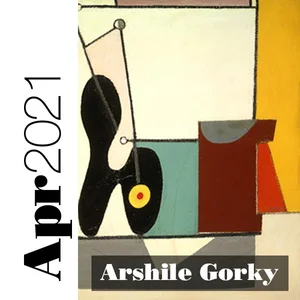

Yesterday I was updating my notes for Spy Science and I realized that I've never done a post listing all of the mathematician biographies in the "Mathematicians Are People, Too! Stories from the Lives of Great Mathematicians" series by Luetta and Wilbert Reimer. So here goes!
Mathematicians Are People, Too - vol. 1
"Pyramids, Olives, and Donkeys" - Thales
"The Teacher Who Paid His Student" - Pythagoras
"The Man Who Concentrated Too Hard" - Archimedes
"A Woman of Courage" - Hypatia
"Magician or Mathematician" - John Napier
"Seeing Isn't Believing" - Galileo Galilei
"Count on Pascal" - Blaise Pascal
"The Short Giant" - Isaac Newton
"The Blind Man Who Could See" - Leonhard Euler
"The Professor Who Did Not Know" - Joseph Louis Lagrange
"Mathematics at Midnight" - Sophie Germain
"The Teacher Who Learned a Lesson" - Carl Friedrich Gauss
"'Don't Let My Life Be Wasted!'" - Evariste Galois
"Life on an Obstacle Course" - Emmy Noether
"Numbers Were His Greatest Treasure" - Srinivasa Ramunujan
Mathematicians Are People, Too - vol. 2
"There's Only One Road" - Euclid
"A Fortune Shared" - Omar Khayyam
"Lean on the Blockhead" - Leonard of Pisa (Fibonacci)
"The Conceited Hypochondriac" - Girolamo Cardano
"The Stay-in-Bed Scholar" - René Descartes
"An Amateur Becomes a Prince" - Pierre de Fermat
"The Gift of Sympathy" - Maria Agnesi
"The Shy Sky Watcher" - Benjamin Banneker
"The Computer's Grandfather" - Charles Babbage
"The Mystery of X and Y" - Mary Somerville
"The Overlooked Genius" - Neils Abel
"Conducting the Computer Symphony" - Ada Lovelace
"The Lessons on the Wall" - Sonya Kovalevksy
"The Compass Points the Way" - Albert Einstein
"The Master Problem Solver" - George Pólya

Back in 2010, I did a biography project with my students called the Bio-Cube. They loved it! (See my Bio-Cube & Famous Mathematicians post.)
While we were doing the Bio-Cube project, one student asked me if there were any mathematicians still alive today! I realized that because we had been talking about mathematicians from throughout history, the children were under the impression that they only lived long ago. So we promptly invited a mathematician in as a special guest (Dr. Jessica Libertini, who is currently an Associate Professor at West Point). When she came in, they interviewed her and made a Bio-Cube about her right there on the spot!
Interestingly, one of the Bio-Cube sides is "significance." Since Jessica was still alive, there was really no way to know her greatest lifetime achievement. The children decided to leave that side of the cube blank!
This post contains affiliate links to materials I truly use for homeschooling. Qualifying purchases provide me with revenue. Thank you for your support!






















































































 Immersive Experience
Immersive Experience Immersive Experience
Immersive Experience






